TrustCloud
Authentication
All the security layers to verify access and digital identity activity at any moment

Secure Identity Verification

Cybersecurity Risk

Digitalization expands enterprise digital assets’ accessibility across multiple systems, devices, and locations, increasing vulnerability to cyber-attacks.
TrustCloud addresses this risk by providing advanced authentication solutions to safeguard digital assets and protect against potential threats.


Authentication Technology Choreographer

Enhanced Authentication Experience


FAQS
What is authentication? What is it for?
Authentication is the act or process of confirming that a user is who he or she claims to be for certain personal, valuable or risky actions, such as consenting to a transaction, demanding changes to passwords and PIN codes, or requesting access to a personal bank account.
Authentication is a security measure that helps ensure that a user’s digital activity comes from the person who has actual ownership of that user, and not from someone else who has gained control of the user illegitimately or by chance. In this way, it is also guaranteed that such digital activity is intentional and consented to by the user’s beneficial owner.
For all the above reasons, authentication requires a previously registered digital identity whose data serve as a reference to identify the legitimate user in future requests, accesses and consents. During the creation of this digital identity, the key data that will serve as authentication codes are established, which are based on four aspects: something that the user is (fingerprint), something that the user has (digital certificate), something that the user knows (password) or something that the user does (patterns and behavior profile on the web, such as typing).
What are the types of authentication?
- Single-Factor/Primary Authentication
- Two-Factor Authentication (2FA)
- Single Sign-On (SSO) Multi-Factor Authentication (MFA)
- Password Authentication Protocol (PAP)
- Challenge Handshake Authentication Protocol (CHAP)
- Extensible Authentication Protocol (EAP)
What is Strong Customer Authentication (SCA)?
Technically, Strong Customer Authentication (SCA) is a specific requirement of the Revised Payment Services Directive (PSD2) of the European Union, aimed at ensuring and strengthening a progressively digitalized financial market within the European Economic Area.
The regulation itself defines SCA as “authentication based on the use of two or more elements categorized as knowledge (something only the user knows), possession (something only the user possesses), and inherence (something the user is), which are independent — meaning that the breach of one does not compromise the reliability of the others — and designed in a way that protects the confidentiality of authentication data.”
Indeed, Strong Customer Authentication uses different codes or authentication proofs in a single process to achieve the highest level of security, trust, and integrity in a user’s digital activity.
How does biometric authentication work?
Biometric authentication converts the physical and/or behavioral patterns, inherent to the authentic user, into unique biometric data that function as validation codes. If another user provides the system with his/her physical or behavioral traits, and they do not match the data pre-established by the authentic user, the authentication will not be validated and the activity or access will be blocked. If, on the other hand, they do match, the system understands that the user requesting access or activity is equivalent to the authentic user, validating the authentication and unblocking the process.






















